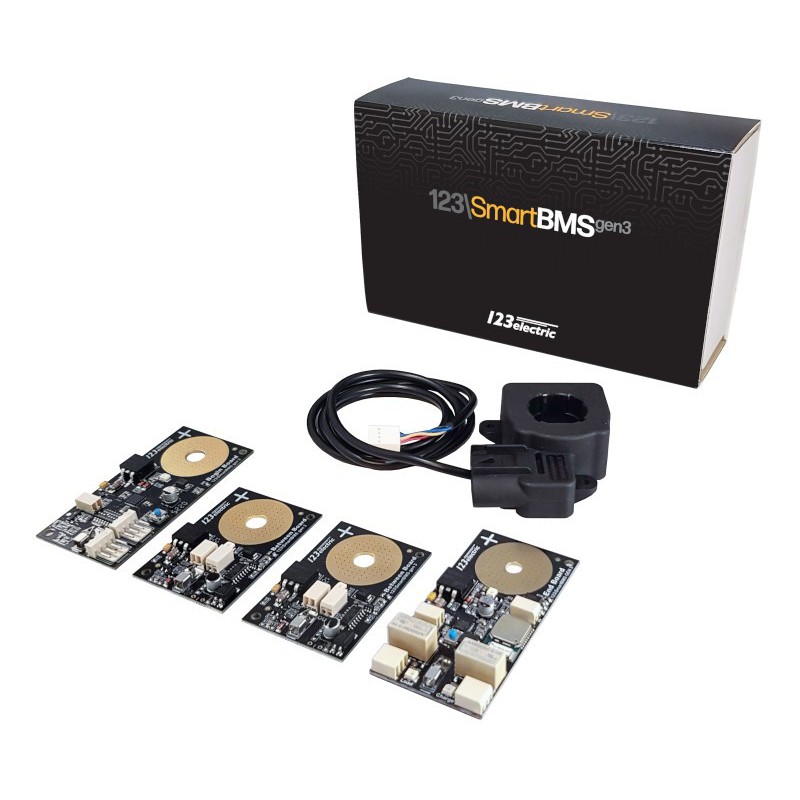Lol. The 123Smart is a relay-driving BMS, not one that is inline with the current (ie, 123 is same as the SBMS0). You would use it to open or close a relay like this one that they sell:
https://123electric.de/gb/123smartrelay/5-123smart-relay.html.
So yes, you could use the 123Smart to disconnect your DC loads via the relay I linked, and use the Bluetooth and app to monitor inverter loads, but you are so close to doing it all automatically via the BMS I think you should research some more options. For example I'm likely to use the SBMS0 because it has 4 I/O ports. I'll use:
1: Turn off Multiplus Inverter at cell level low voltage
2: Turn off Multiplus Charger at cell level high voltage
3: Switch off DC loads (via BP100) at cell level low voltage
4: Switch off DC charge sources (MPPT, DC-DC charger) at cell level high voltage (via 2nd BP100)
Out of curiosity how many watts is your watermaker? I have a Rainman 120VAC unit and it draws (per spec sheet, haven't measured) 1250 watts. I expect a start up surge but I'm buying a MutliPlus 3000 that will handle that.
Lastly, I have no experience with the 123Smart but have read a few forum posts where people talk of replacing them with something else. I'm not sure why they were unsatisfied but worth searching or asking about it on this forum.



